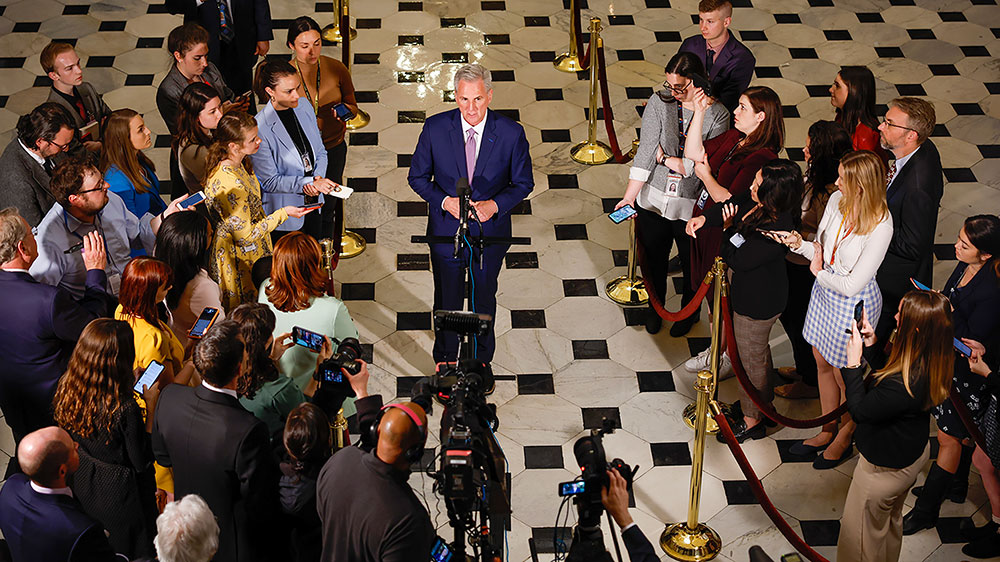
The clock is ticking faster on the nation’s debt ceiling drama.
House Speaker Kevin McCarthy pushed his package to raise the debt ceiling by $1.5 trillion through the House in a close vote on Wednesday. But the White House continues to say that it will not negotiate on the issue.
The federal government could default as soon as early June.
That wouldn’t give House Republicans and the White House a lot of time to work out a deal to avoid a default, especially since negotiations have been at a standstill for several months.
The US hit its debt ceiling in January, triggering the Treasury Department to start taking extraordinary measures to prevent a default.
Here’s what the debt ceiling is and what defaulting would mean.
What is the debt ceiling? Established by Congress, the debt ceiling is the maximum amount the federal government is able to borrow to finance obligations that lawmakers and presidents have already approved — since the government runs budget deficits and the revenue it collects is not sufficient. Increasing the cap does not authorize new spending commitments.
The debt ceiling, which currently stands at $31.4 trillion, was created more than a century ago and has been modified more than 100 times since World War II.
Though it was originally designed to make it easier for the federal government to borrow, the limit has become a way for Congress to restrict the growth of borrowing — turning it into a political football in recent decades.
What happens if the US does default on its debt? Once the extraordinary measures and cash on hand are exhausted, the debt ceiling crisis would start having very real impacts.
The Treasury Department would likely have to temporarily delay payments or default on some of its commitments, potentially affecting interest and principal payments on US debt, Social Security payments, veterans’ benefits and federal employees’ salaries, among other obligations.
But no one knows exactly how the Treasury would handle the situation since it has never happened.
A default would also wreak havoc on the US economy and the global financial markets, as well as shake confidence in the safety of the Treasury market and raise borrowing costs.
Even the threat of one in 2011 caused the only credit rating downgrade in the nation’s history.
Read more about the debt ceiling here.

